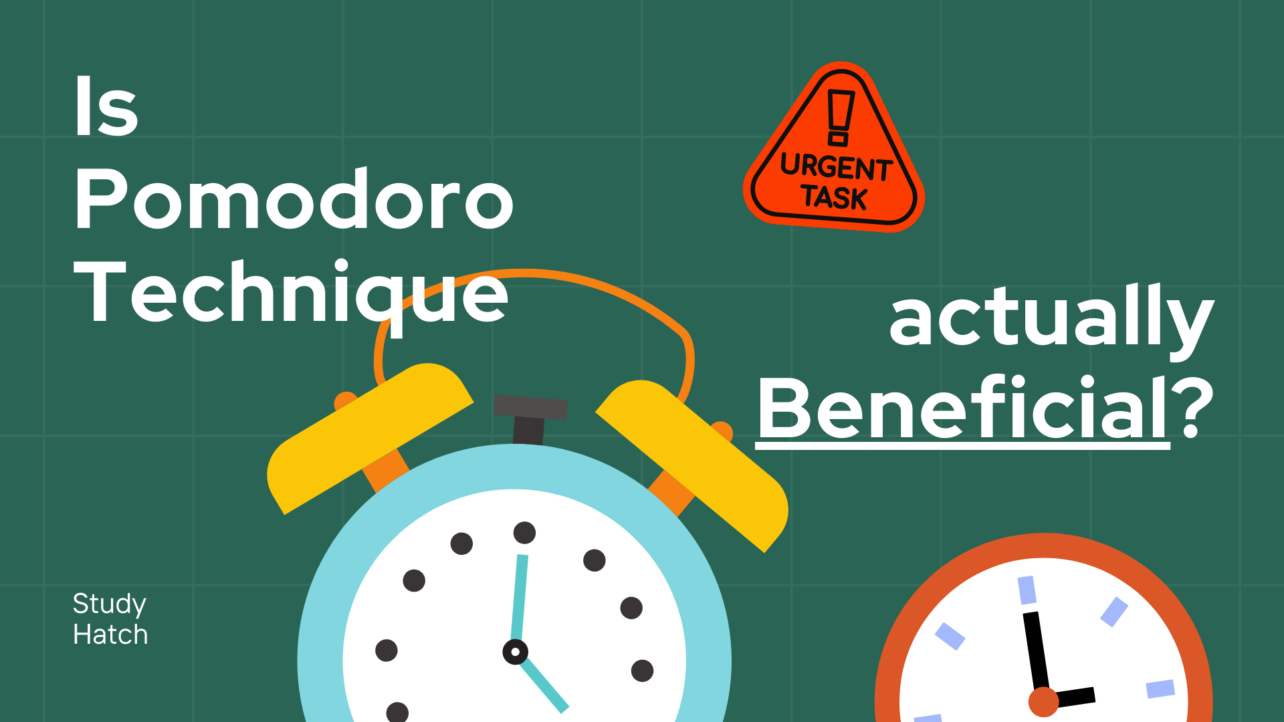Is the Pomodoro Technique actually beneficial? Based on extensive research and personal experience, the answer is a resounding yes. This time management method has proven to be a game-changer for productivity and focus across various fields and tasks. But why?
Understanding the Pomodoro Technique
The Pomodoro Technique, developed by Francesco Cirillo in the late 1980s, is more than just a simple time-blocking strategy. At its core, it’s a revolutionary approach to managing our most precious resource – time. By breaking work into focused 25-minute intervals (called “Pomodoros”) separated by short breaks, this technique taps into the fundamental rhythms of human cognition and attention spans.
The Science Behind the Technique
This method addresses a crucial aspect of modern work life: the constant battle against distractions and the struggle to maintain deep focus. In an age where our attention is constantly fragmented by notifications, emails, and the allure of social media, the Pomodoro Technique offers a structured sanctuary of undivided attention.
Psychological Mechanisms at Play
The Pomodoro Technique doesn’t just align with our cognitive rhythms; it also leverages several psychological principles:
- Parkinson’s Law: Work expands to fill the time available for its completion. By imposing artificial deadlines, the technique creates a sense of urgency that can boost productivity.
- Flow State Facilitation: While 25 minutes might seem short, research by Mihaly Csikszentmihalyi, the psychologist who coined the term “flow,” suggests that even brief periods of uninterrupted focus can induce this highly productive mental state.
- Reduction of Decision Fatigue: By pre-deciding work periods and breaks, the technique reduces the number of decisions one needs to make throughout the day, preserving mental energy for important tasks.
- Overcoming Procrastination: The small, manageable 25-minute blocks make it easier to start tasks that might otherwise seem daunting, addressing a key factor in procrastination as identified in a 2013 study in the “Journal of Educational Psychology” (Steel & Klingsieck, 2013).
Personal Experience
As a blogger and an engineering student constantly juggling multiple projects, I’ve found the Pomodoro Technique to be transformative. Before adopting this method, I often found myself staring at a blank page, overwhelmed by the scope of a project. Now, I break my writing into manageable 25-minute sessions. This approach has not only increased my daily word count by approximately 30% but has also significantly reduced my stress levels. The regular breaks prevent burnout, and the focused sessions help me maintain a consistent writing flow.
Versatility Across Professions
The beauty of the Pomodoro Technique lies in its simplicity and adaptability. It can be applied to virtually any task or profession:
- Students can use it to tackle challenging study sessions
- Programmers can employ it to maintain focus during coding marathons
- Creatives can harness it to overcome writer’s block or artist’s block
- Executives can utilize it to manage their time more effectively between meetings and deep work
Considerations and Potential Drawbacks
However, like any productivity tool, the Pomodoro Technique is not without its considerations:
- Customization: Some individuals may find that 25-minute sessions are too short or too long.
- Task interruption: For some types of work, stopping mid-task can be disruptive.
- Team coordination: In collaborative environments, aligning Pomodoro sessions with team schedules can be challenging.
- Over-reliance: While effective, it shouldn’t be the only productivity tool in one’s arsenal.
To address these issues, many practitioners adapt the technique:
- Flexible Pomodoros: Adjusting the work/break intervals based on task requirements and personal preferences.
- Task-Based Pomodoros: Instead of strict time blocks, work until a specific subtask is completed.
- Team Pomodoros: Synchronizing Pomodoro sessions within a team to reduce interruptions and foster collective focus.
Advanced Strategies for Maximizing Benefits
To maximize the benefits of the Pomodoro Technique, consider these advanced strategies:
- Task batching: Group similar tasks into single Pomodoros for increased efficiency.
- Progressive overload: Gradually increase the number of Pomodoros per day to build focus stamina.
- Reflection periods: Use longer breaks to review completed work and plan upcoming tasks.
- Digital detox: Use Pomodoro sessions as opportunities for short-term digital disconnection.
Conclusion
In conclusion, the Pomodoro Technique’s effectiveness is rooted in its scientific approach to human cognition, its psychological benefits, and its practical applicability across diverse fields. While it may require some personalization and shouldn’t be viewed as a one-size-fits-all solution, its potential to enhance productivity, reduce stress, and improve work quality is substantial.

2 comments